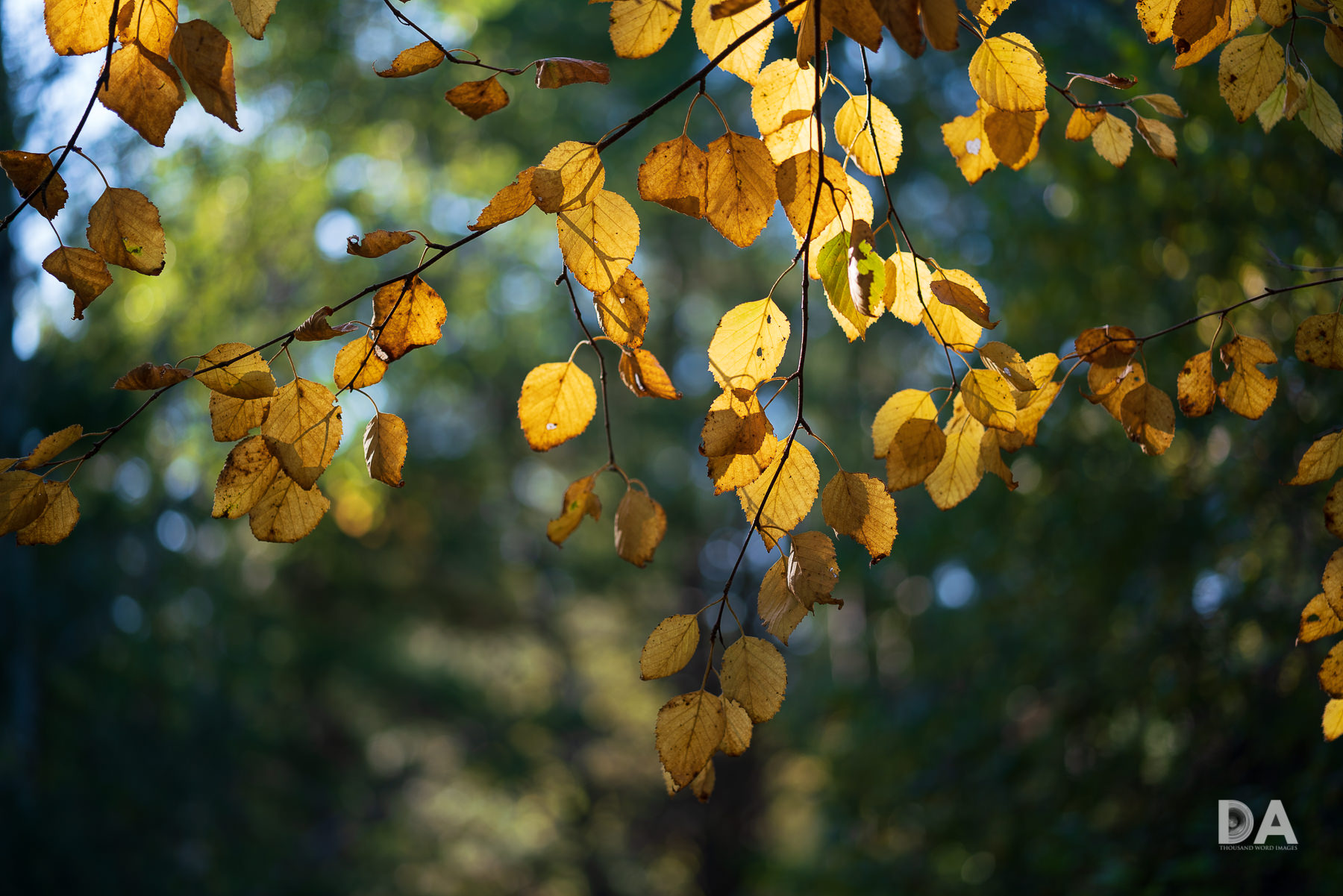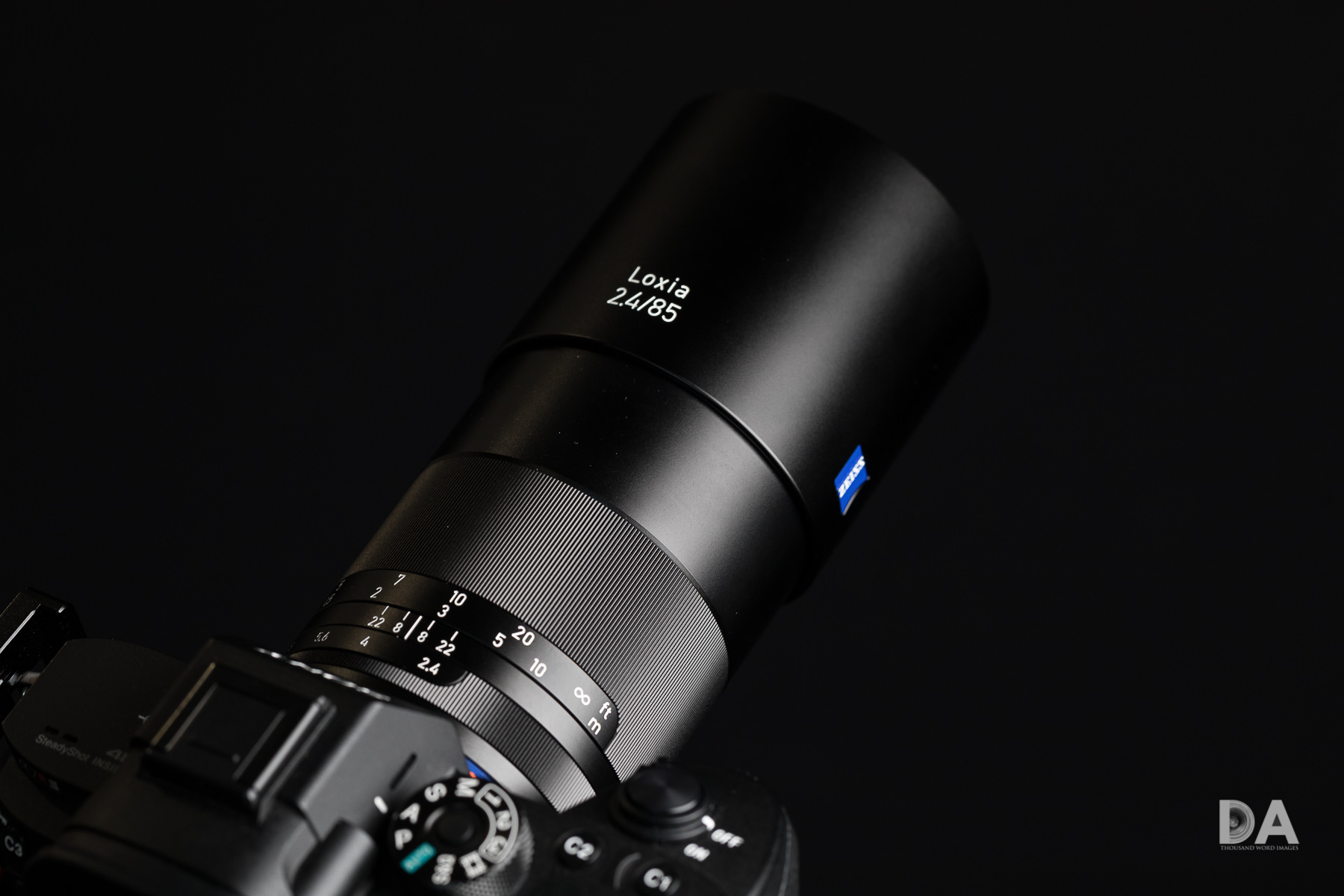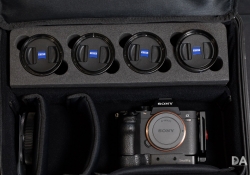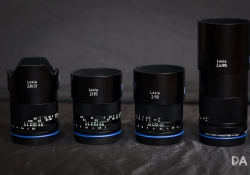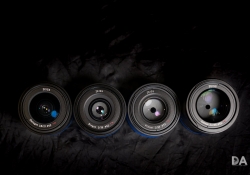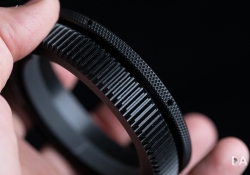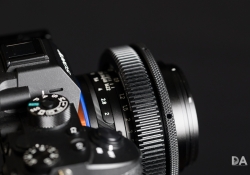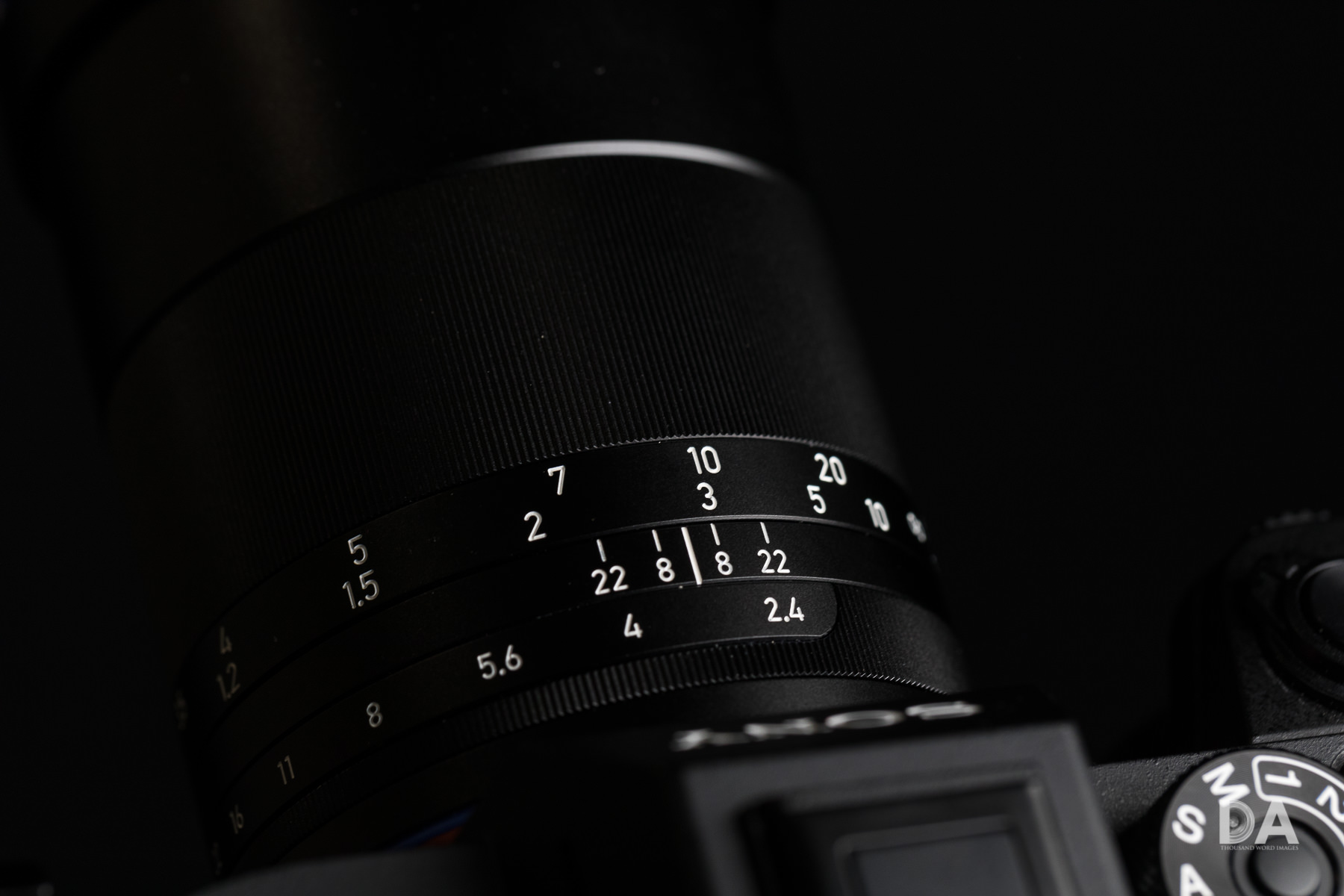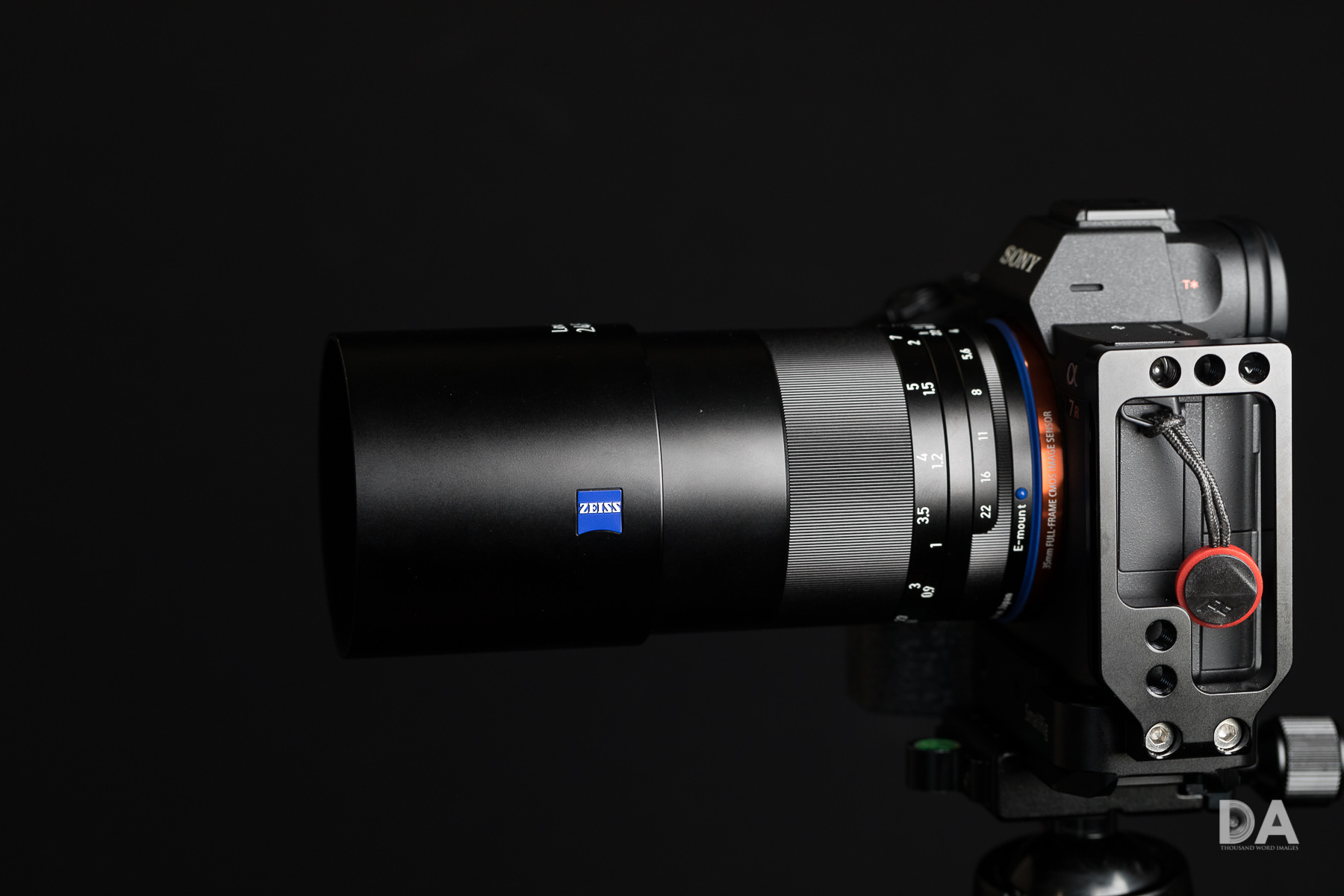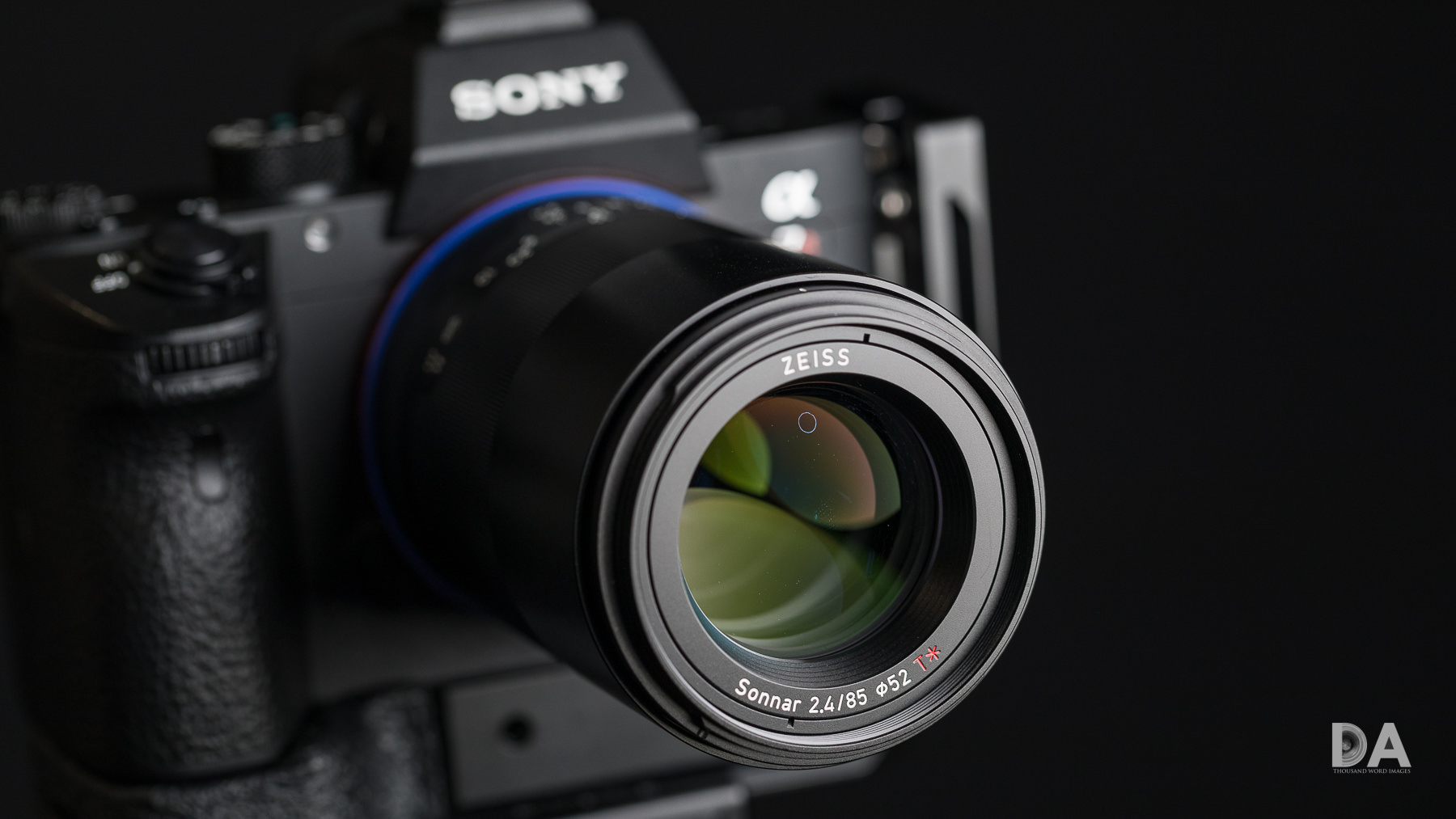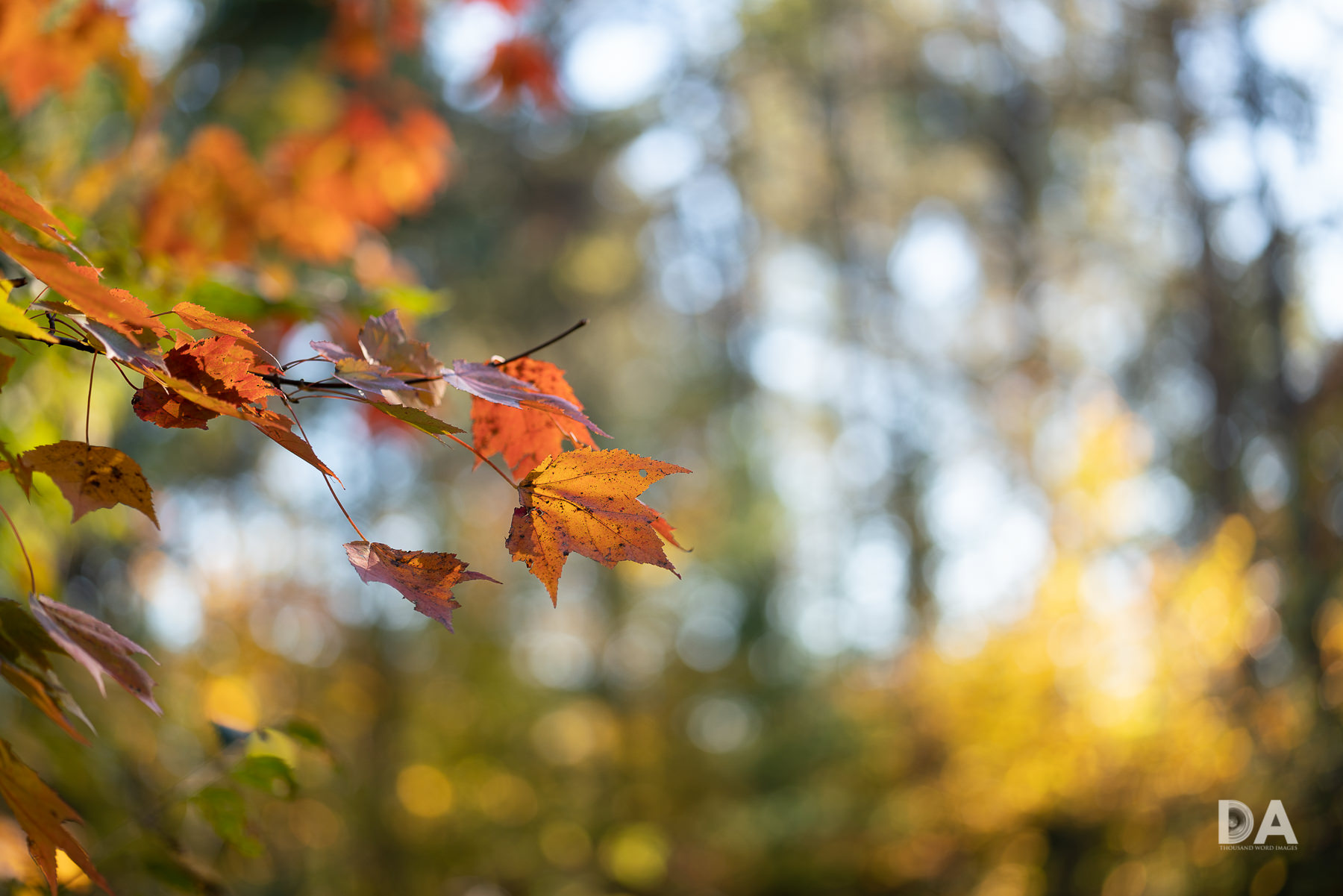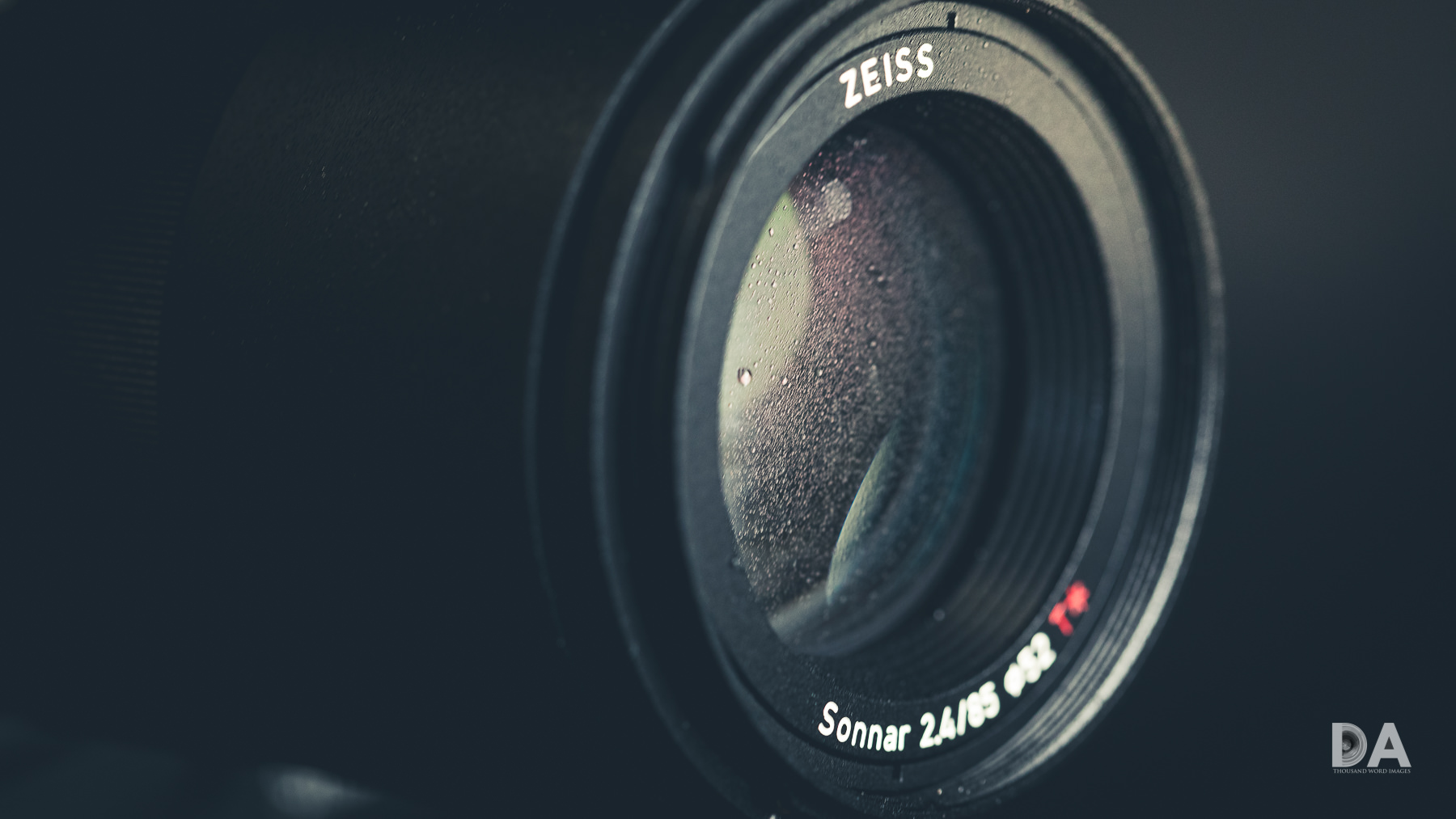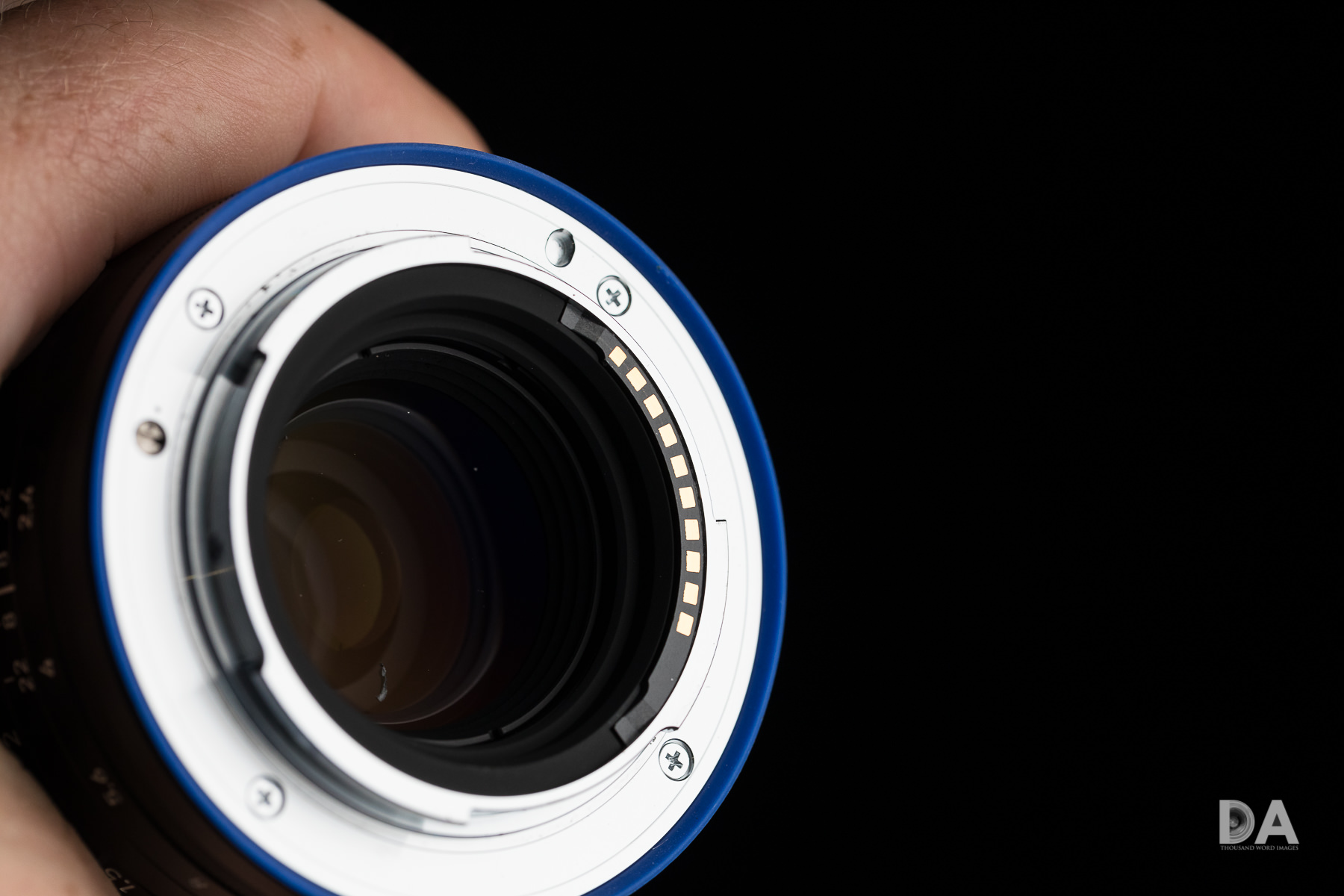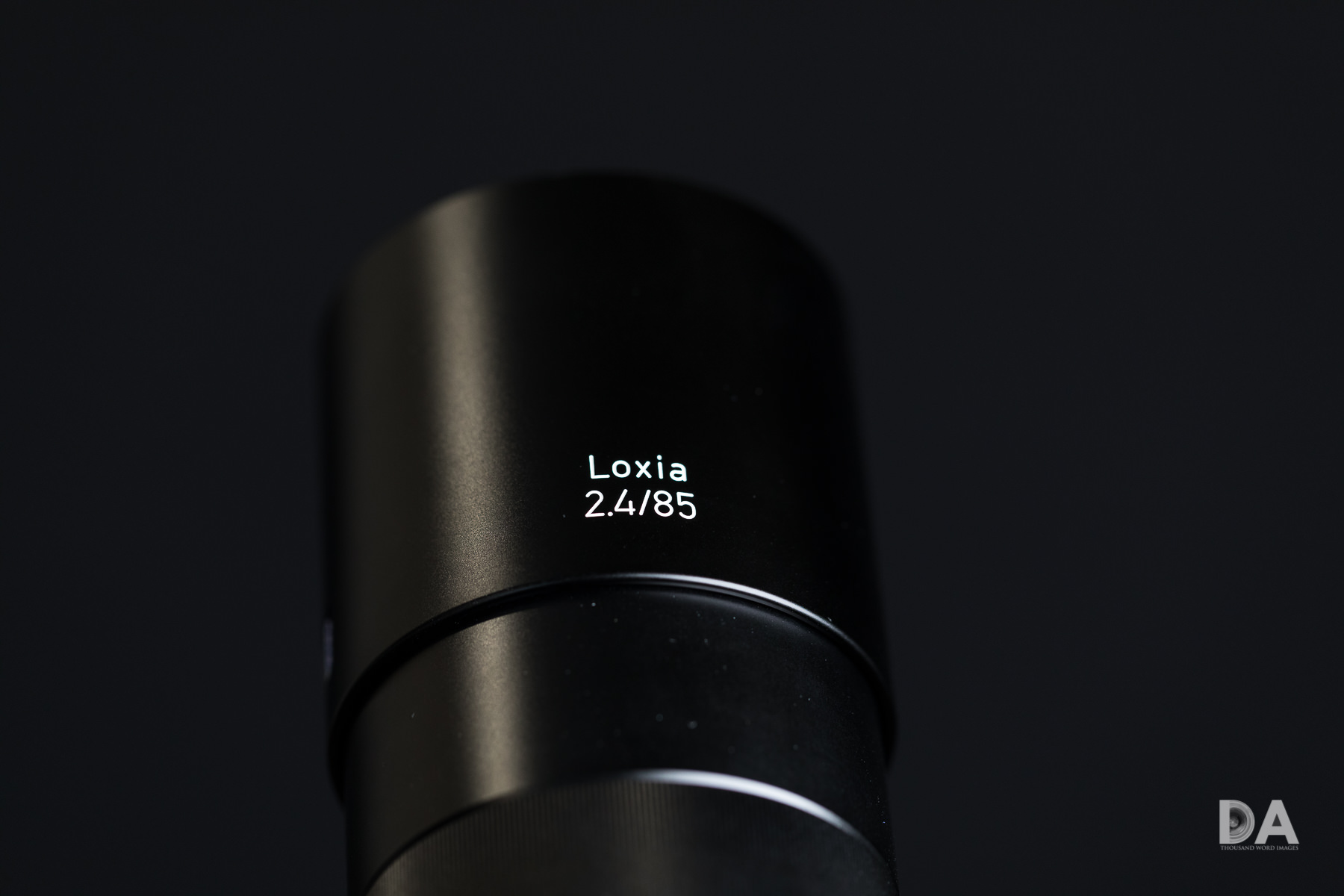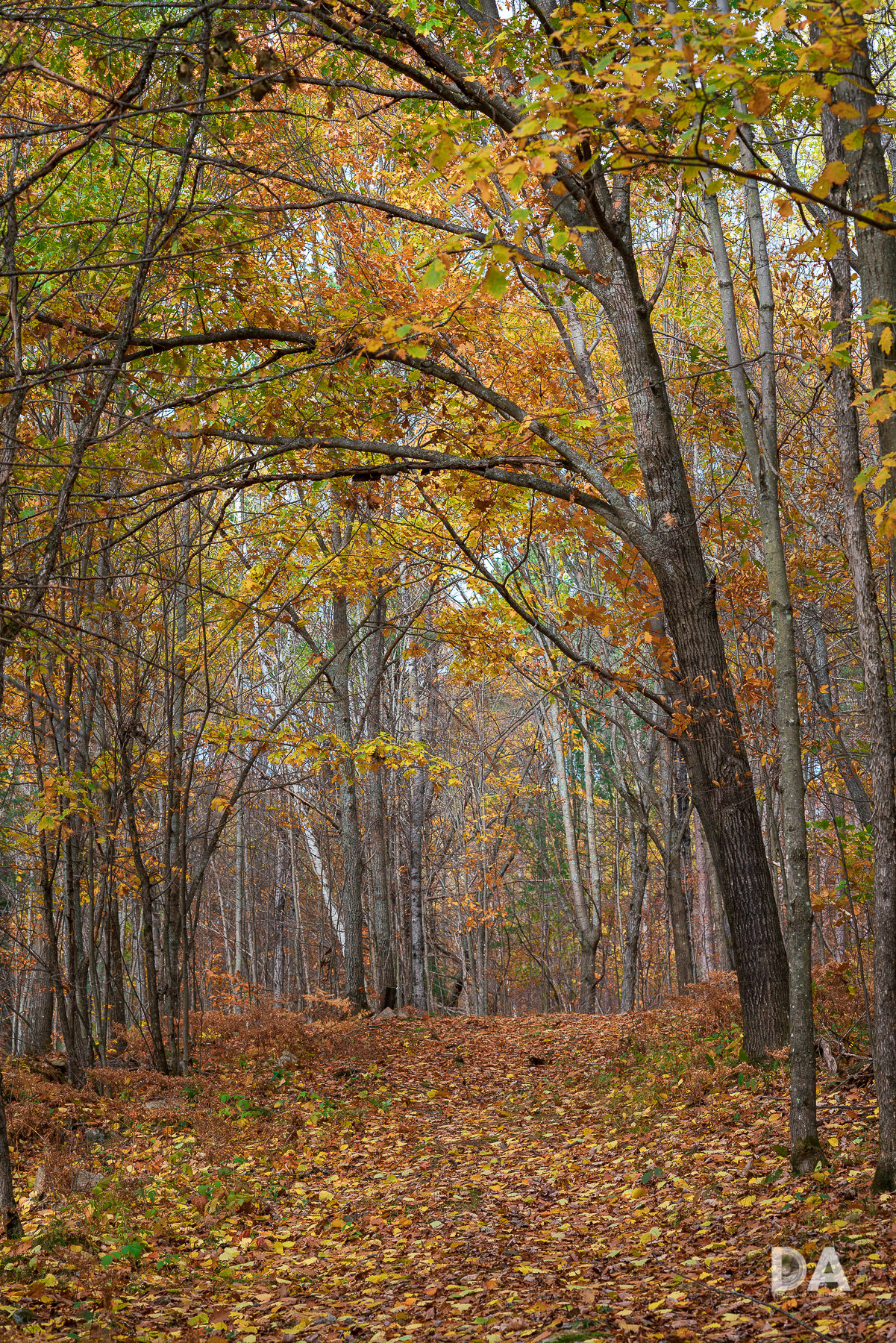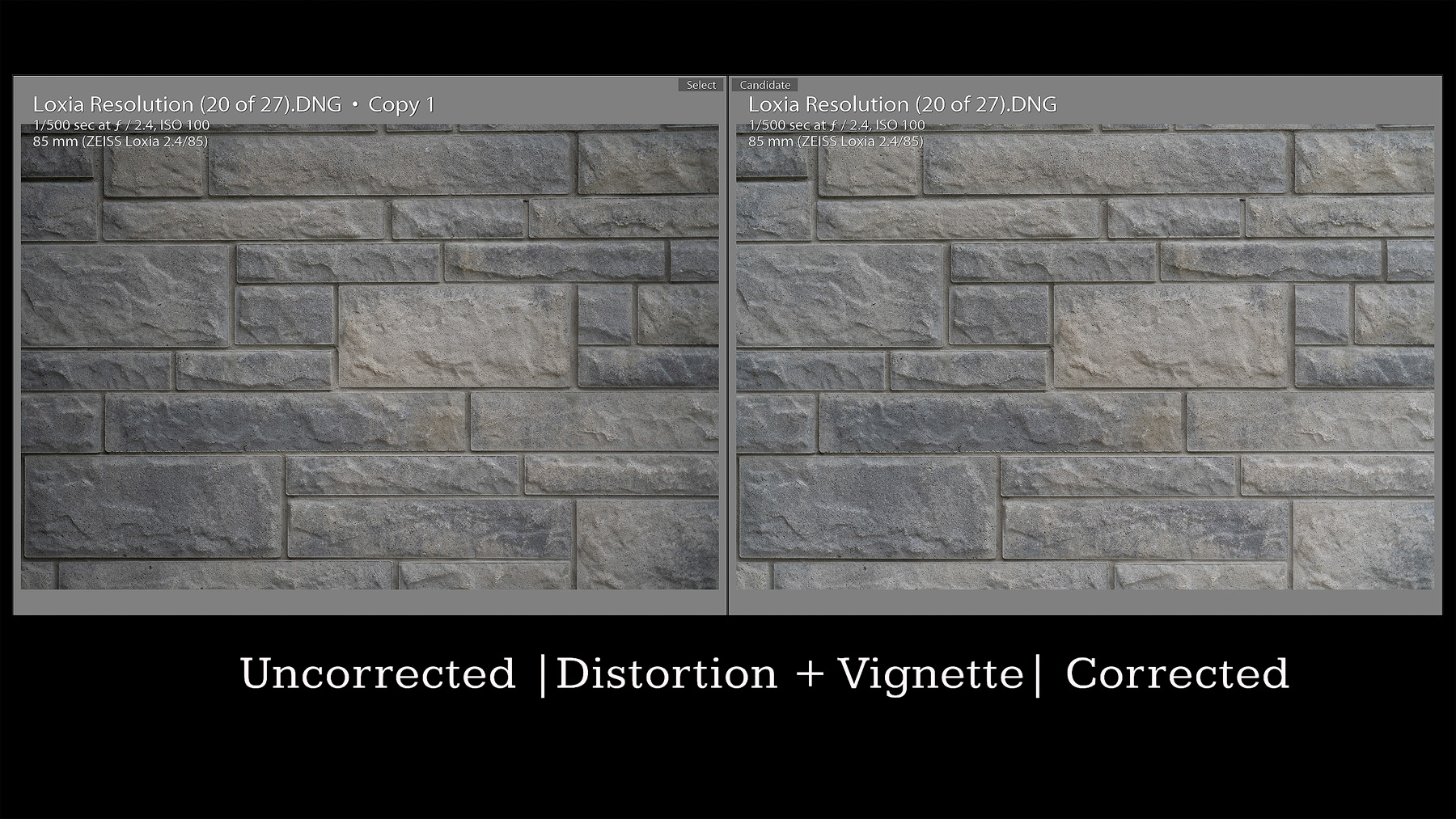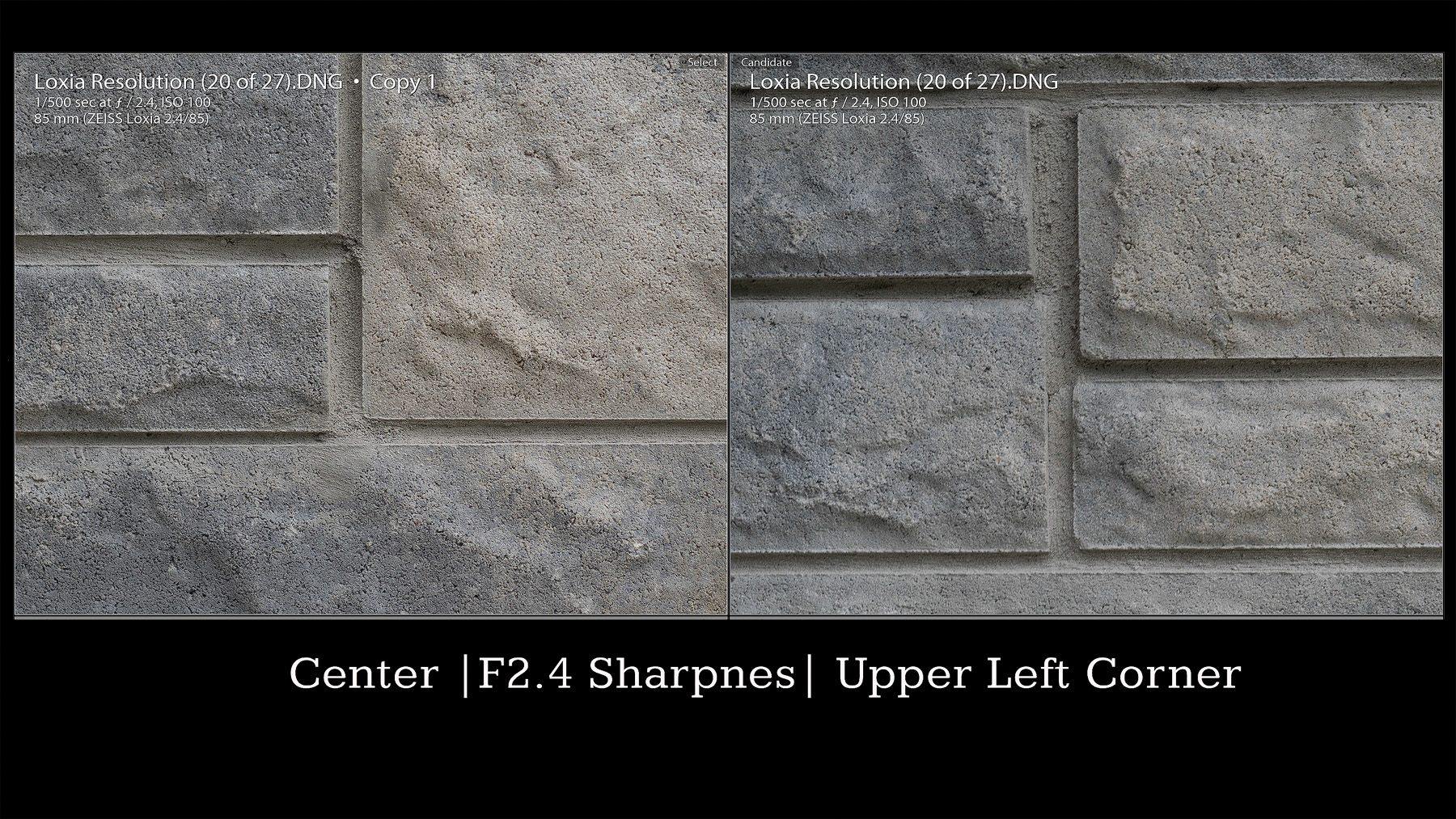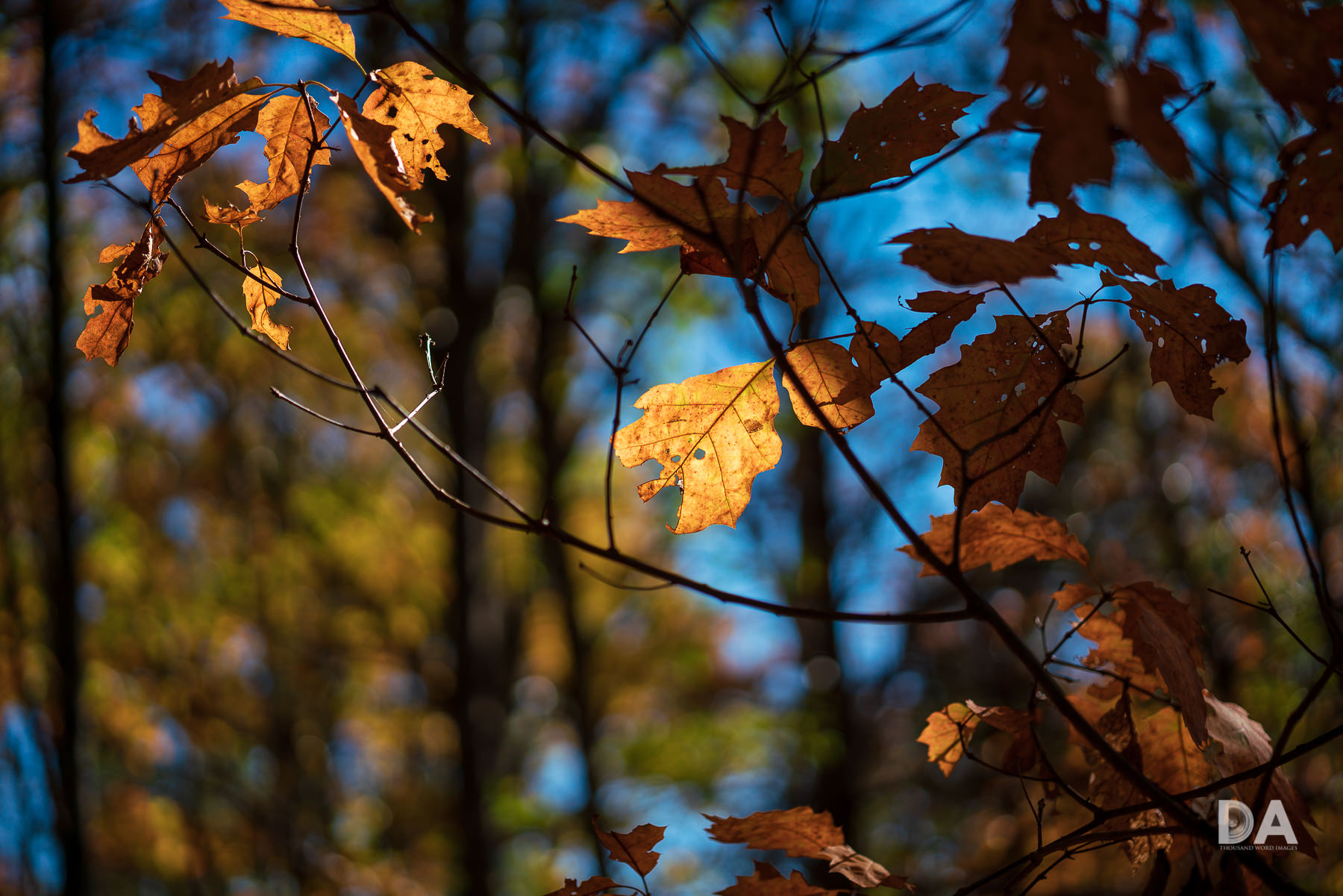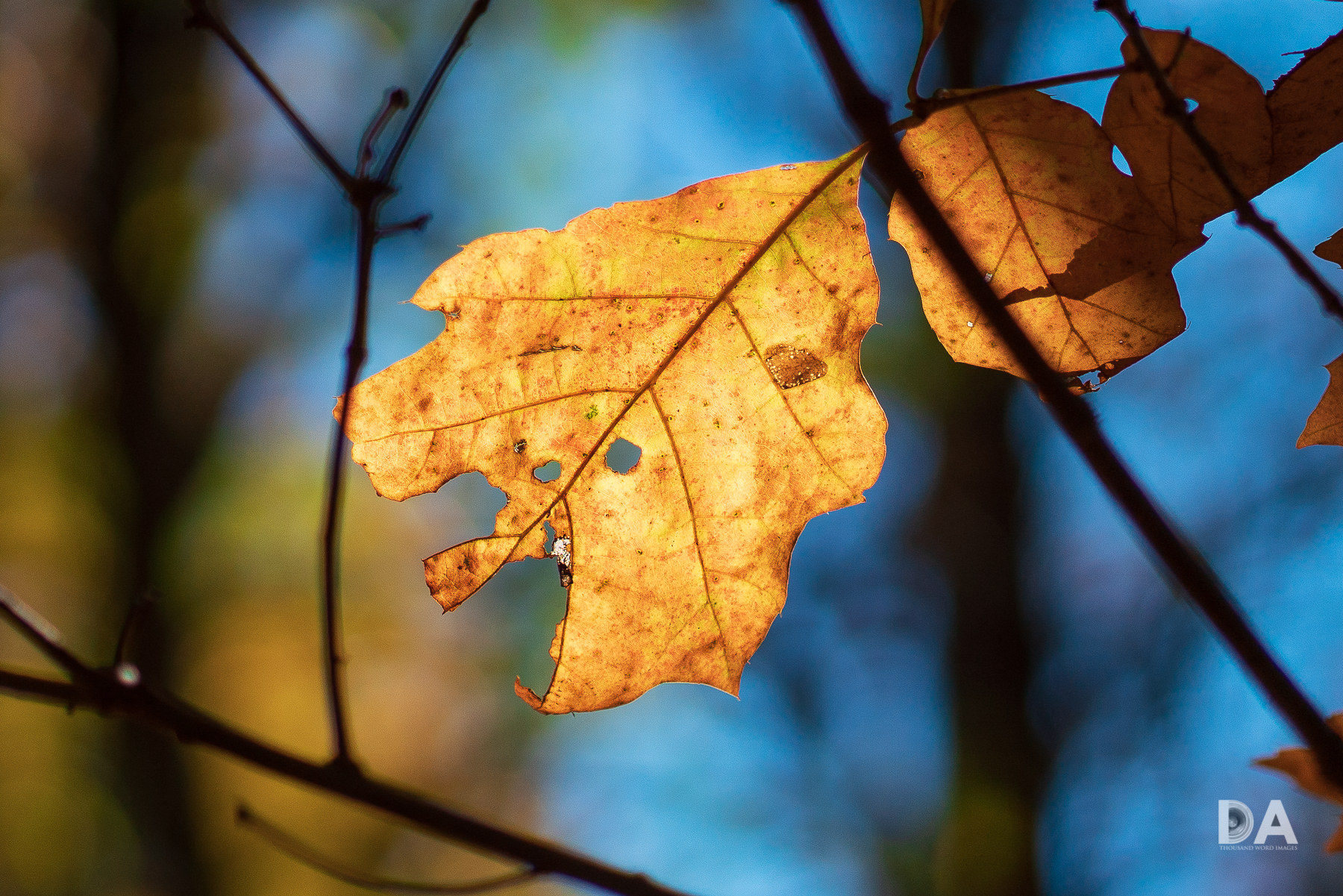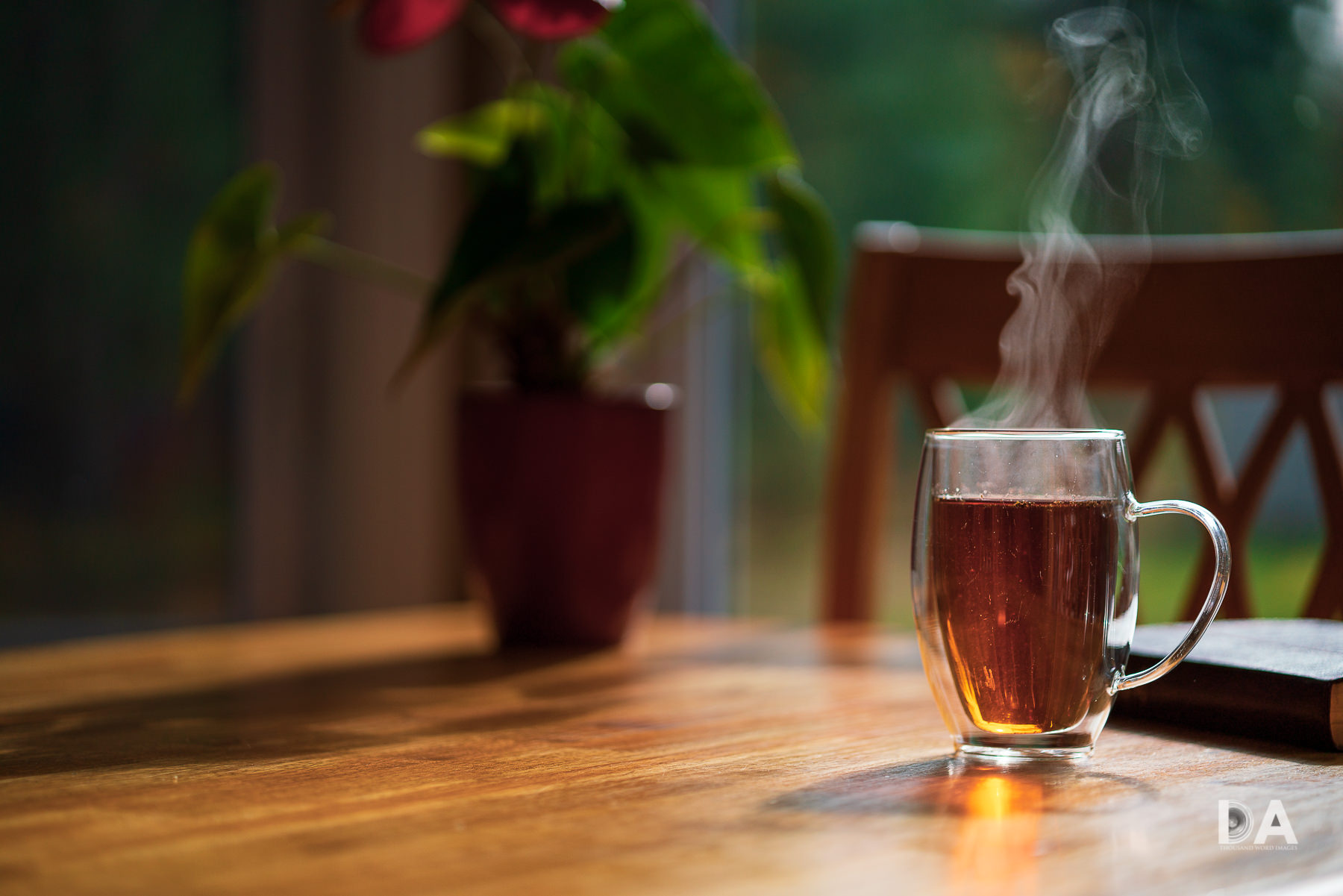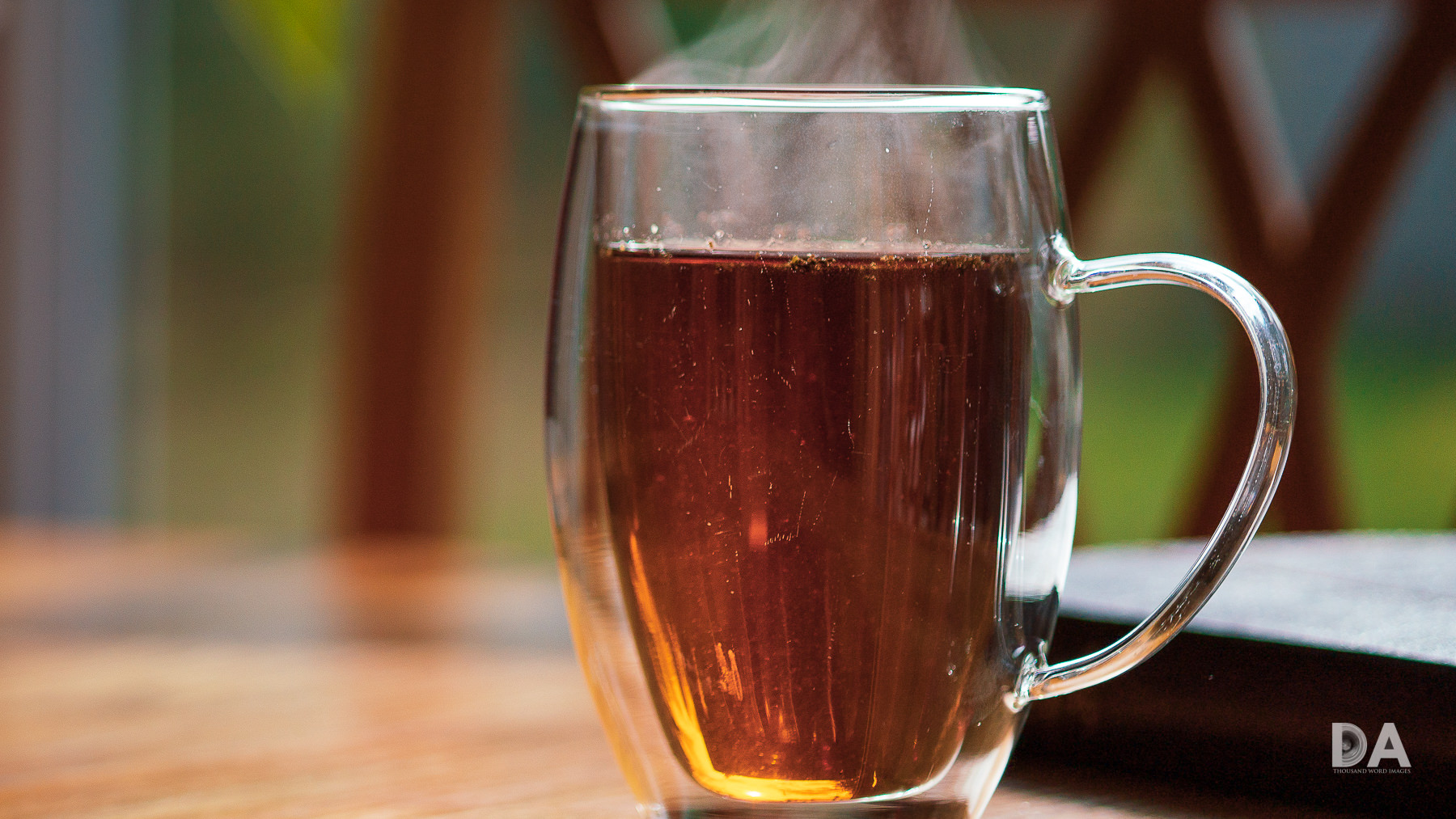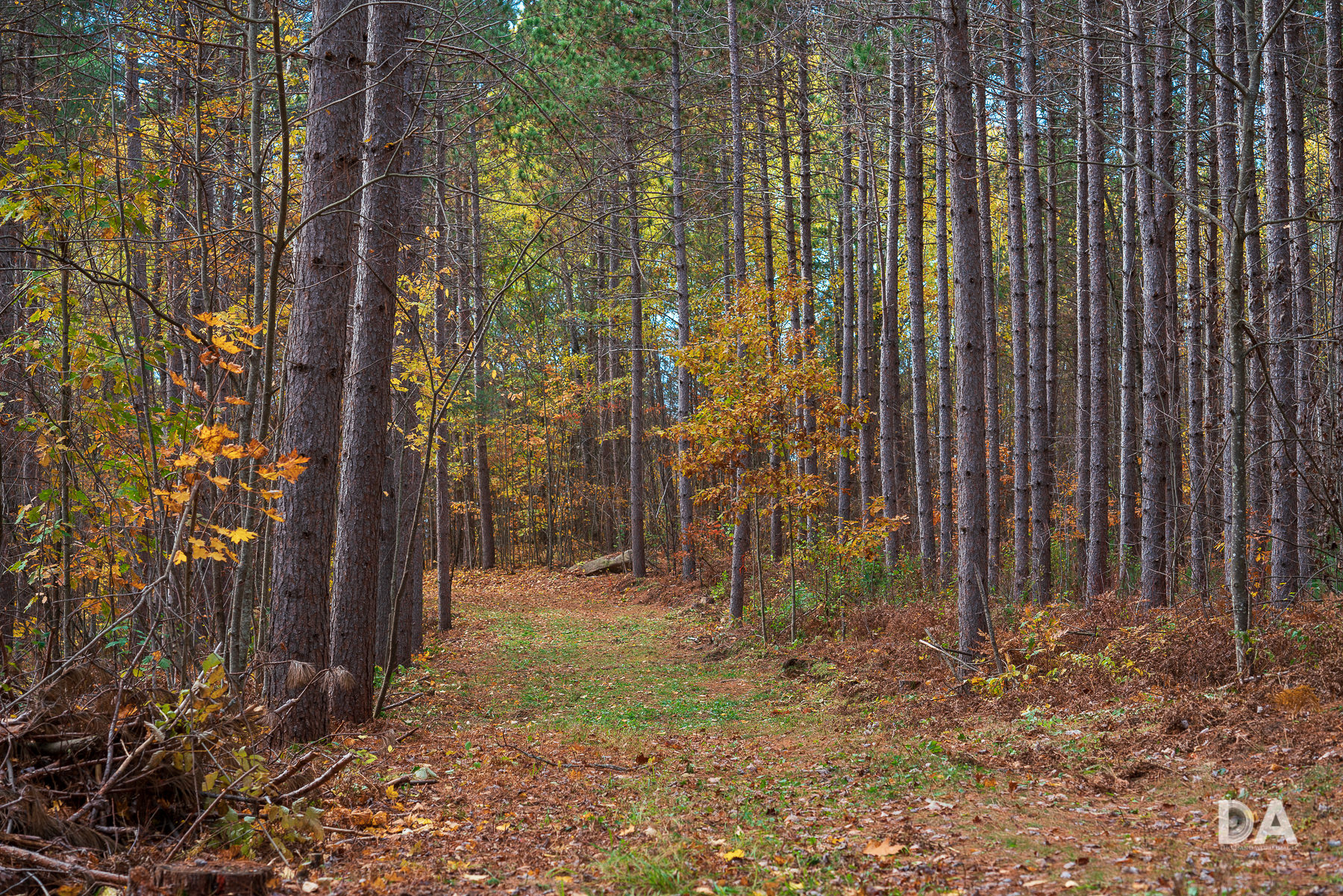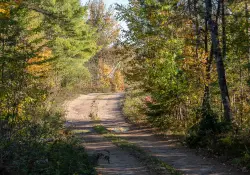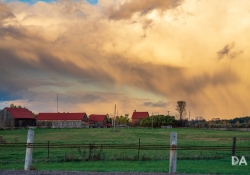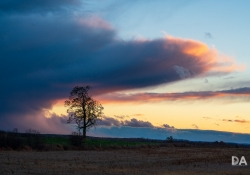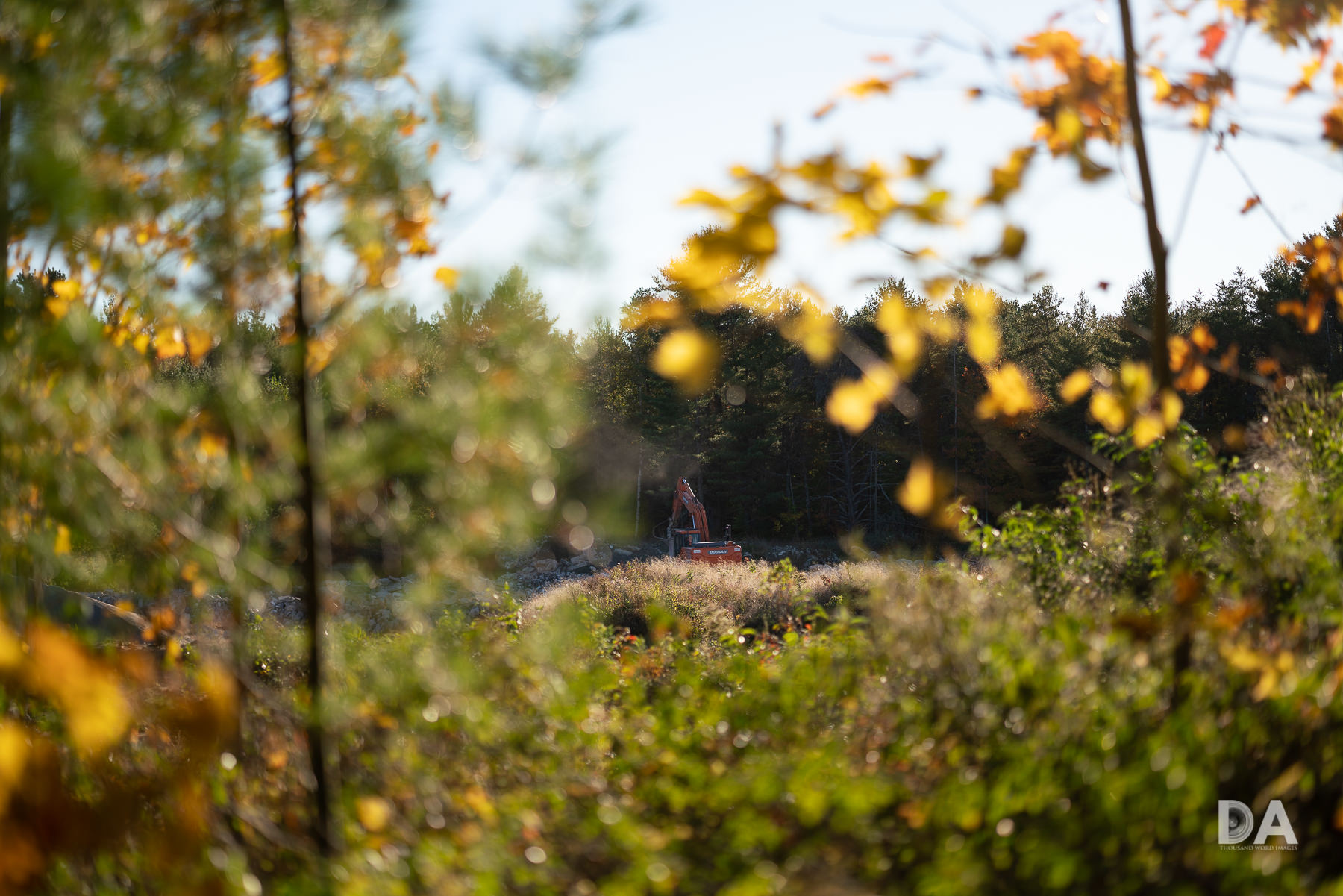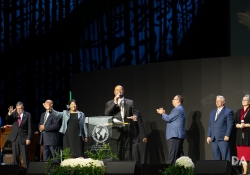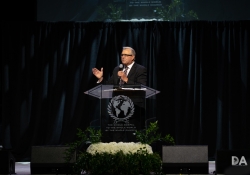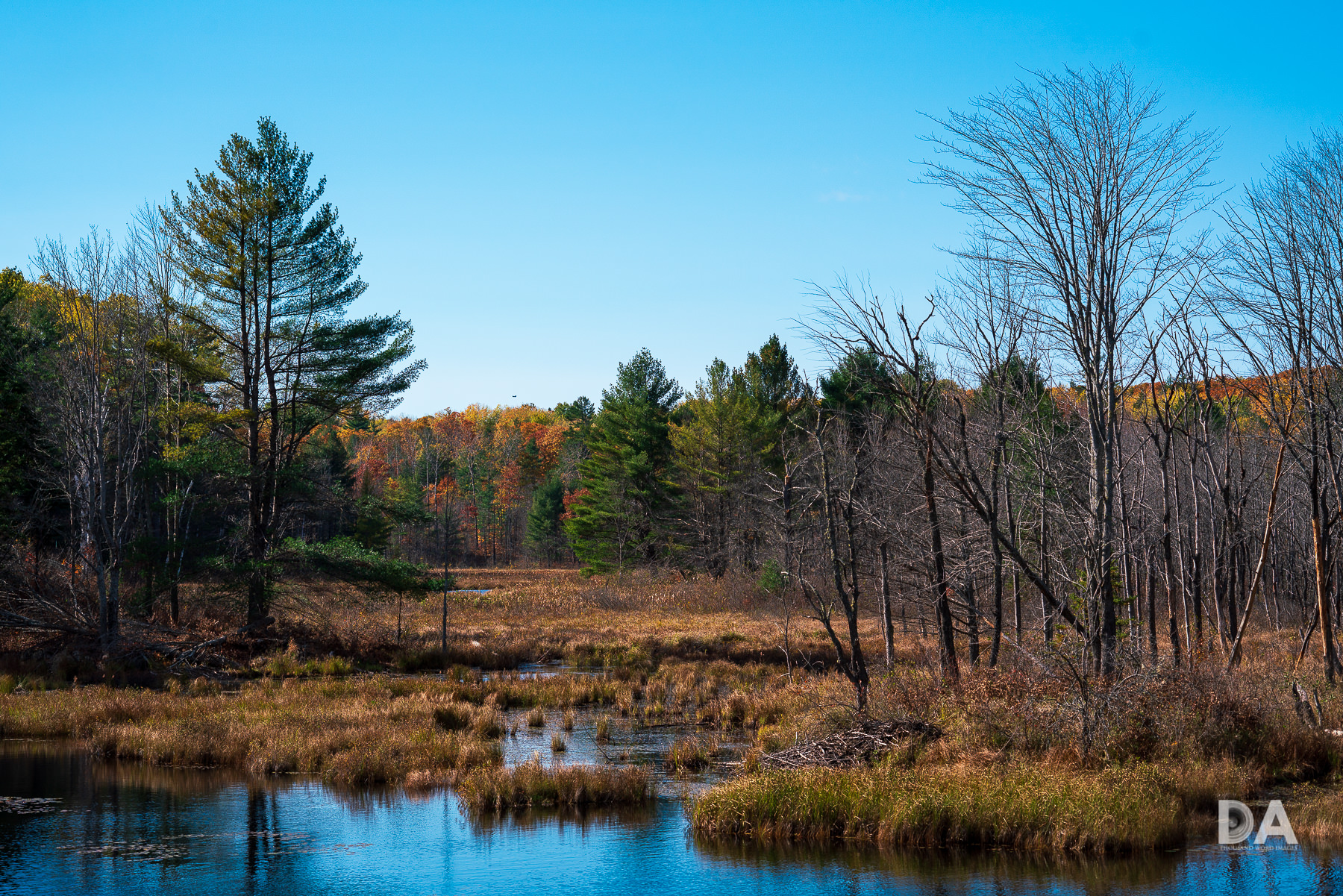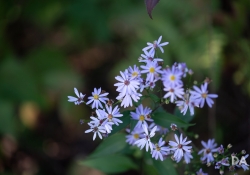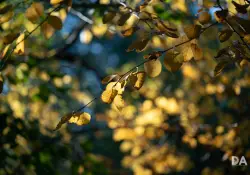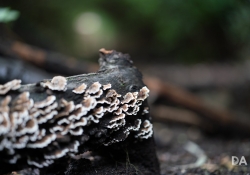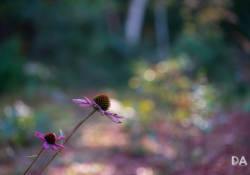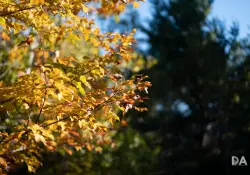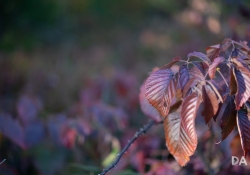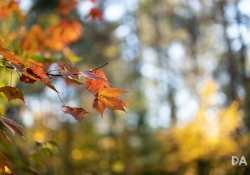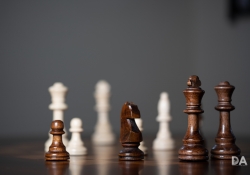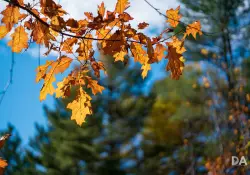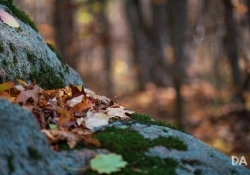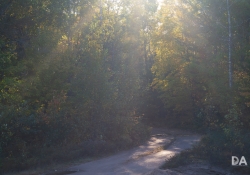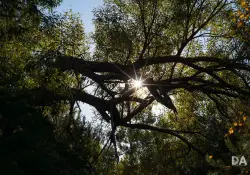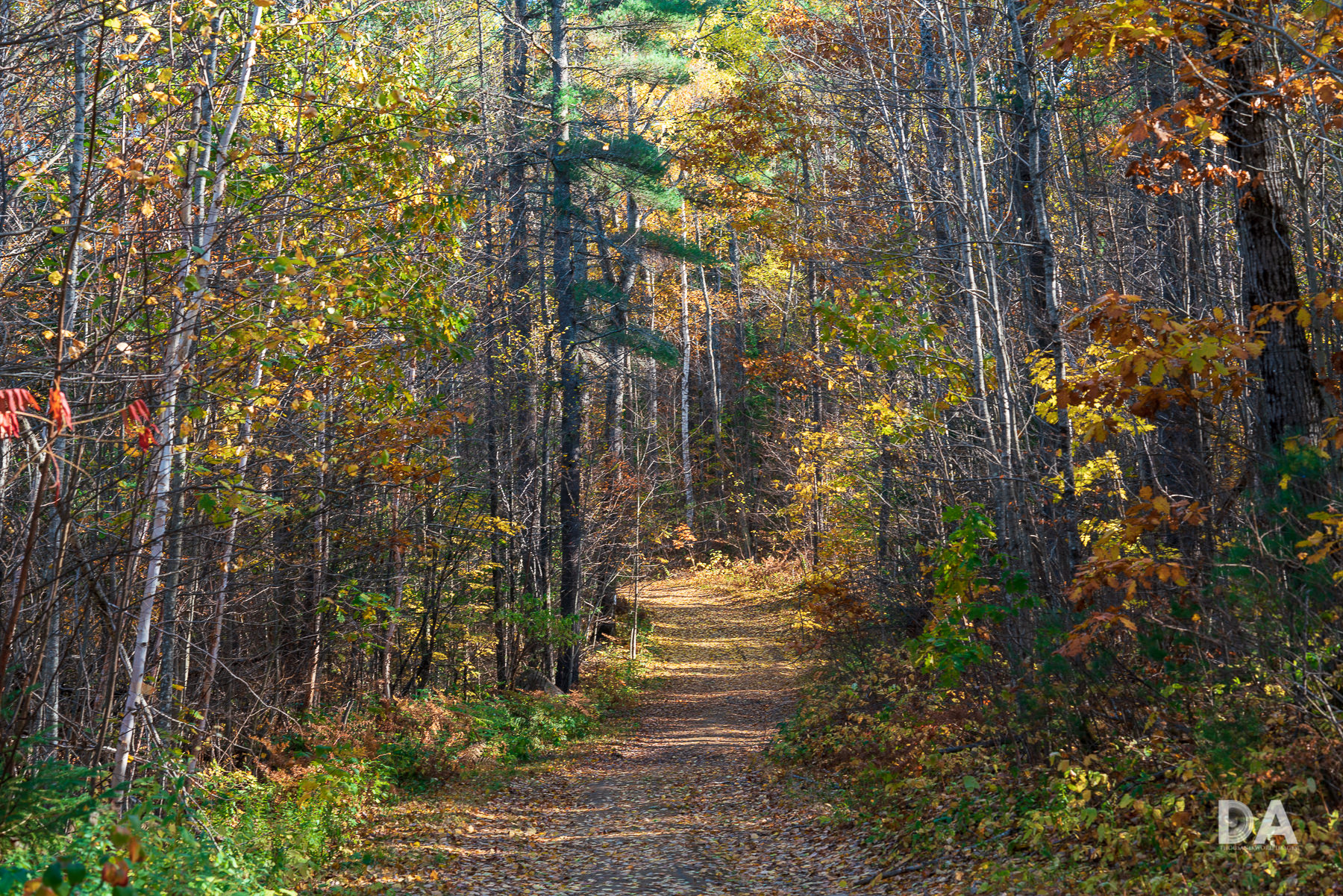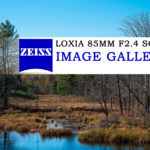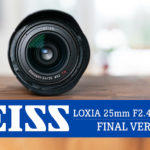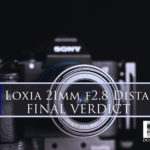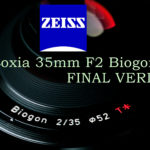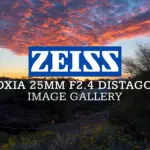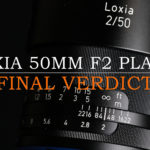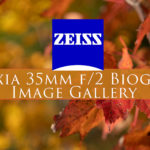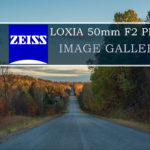Check me out on: My Patreon | Sign Up for My Newsletter | Instagram | Facebook | Twitter | Flickr | 500px | Google+ |
The original idea behind mirrorless cameras was they would be smaller, lighter alternatives to DSLRs due to the differences in technology while providing similar levels of optical performance. As I’ve noted in many subsequent reviews this idea is often lost, as frequently lenses designed for mirrorless (like the Sony 24-70mm f/2.8 G Master) are, if anything, bigger and heavier than their DSLR counterparts. But Zeiss has managed to design an extremely compact, extremely high performance range for Sony FE (full frame mirrorless) – the Loxia series of lenses. The Zeiss Loxia 85mm F2.4 Sonnar lens is the fourth in the series that I’m reviewing (I’ll follow up with the Loxia 25mm F2.4, which is the most recent release). The Loxia 85mm is the longest focal length in the Loxia series, and, as we’ll see from the next section, may continue to hold that distinction for a long time.
The Zeiss Loxia 85mm F2.4 Sonnar has a very unique profile for a modern lens. The closest comparison I can come up with is a couple of vintage telephoto lenses I have from Takumar in the M42 mount (135mm F3.5 and 150mm F4). I think the reason for that similarity is the same; in both cases the lens designers were working around the theme of maintaining a consistent diameter and filter size (I personally own 5 Takumar lenses from that era that all have a 49mm front filter thread and similar diameter). The Takumar designers allowed for the more extreme focal lengths (or for larger aperture values) by making the lenses longer, not wider. That seems to be the case here, too, as all the Loxia lenses share a roughly common diameter (2.46″/62.5mm here) and a common filter thread (52mm). The main difference with the 85mm is that the longer focal length combined with the diameter restraints resulted in them developing a very long and slender lens (the Loxia 85mm is 3.73″/95mm long, which is almost an inch longer than the next longest Loxia lens). This gives the Loxia 85mm a very unique lens profile among modern lenses where many other 85mm lenses tend to be wide and squat.
The Loxia 85mm F2.4 is longer than either the Sony 85mm F1.8 or Zeiss Batis 85mm F1.8 lenses despite having a smaller maximum aperture than either of them for this reason. The Loxia 85mm is also the heaviest of the trio, weighing in at 1.31lb (594g) due to having a more robust, metal-rich construction than the other two lenses. It’s also the most expensive at $1399 despite being both manual focus and having a smaller maximum aperture of just F2.4.
That is the other tradeoff. In many ways I feel like the Loxia 85mm is the most compromised of the Loxia series in the basic design (not performance) by the physical constraints placed on the Loxia series. It comes with away with a smaller maximum aperture than almost all competing lenses. It has a different kinds of lens profile that, as noted, looks more retro than modern. These same constraints make me wonder if this is as far as Zeiss will go with the Loxia series in terms of telephoto (a 135mm F3.5 might be possible, but probably isn’t likely). But at the same time, this liability is also the Loxia lineup’s greatest strength for some shooters…and in particular for videographers.
A real strength of the Loxia line is that they have been designed to work in concert with each other. Each of the 5 lenses in the lineup (2.8/21mm, 2.4/25mm, 2/35mm, 2/50mm, and 2.4/85mm) all share a common filter size (52mm) and a roughly identical diameter. This allows them to come in a kit for filmmakers like this one, complete with a fantastic hard case:
They are also each designed with the option of quickly “declicking” the aperture (a common preference for video work as it allows one to have smooth control over the aperture iris) and they can also be quickly/easily “geared” with the Zeiss LensGear Mini due to a common diameter. This accessory allows you to quickly set them up for focus follow systems (gearing), which is the preferred focus protocol for filmmaking as it gives one complete control over focus. What I like about the LensGear compared to other systems that I’ve used is that it is completely tool less and can be very swiftly loosened or tightened by gripping the front ring and rotating it.
The ability to “declick” the aperture makes the Loxia series more useful for filmmakers, as many filmmakers prefer smooth aperture iris control to be able to change aperture values on the fly to control what is in focus or even do an “aperture rack” where one’s “vision” is increased by moving to a smaller aperture value where more is in focus. You may find that a declicked aperture is your personal preference even for stills work.
Even when the aperture is “clicked” there is an advantage for the Loxia series over many manual focus lenses that I’ve used. Some have detents (and thus allow you only to select) the full aperture stops (like f/2, f/2.8, f/4, f/5.6, etc…). Others might have a half stop in between some apertures. The Loxia series allows you to select aperture in one-third stops (i.e. f/2.8, f/3.2, f/3.5), which gives you more finite control over aperture. I personally find that a manual aperture ring often causes me to be more intentional about aperture and to think about it a little more. If you aren’t confident in the relationship between aperture and depth of field or light gathering, however, a manual aperture ring does preclude the ability for the camera to automatically select aperture, which might be a serious issue for you.
On the plus side, a Sony body and a manual focus lens like this is a great place to learn, as the electronic viewfinder shows you true depth of field, so you can easily see how the depth of field is impacted by the aperture that you have selected. And, if you do video, the Loxia 85mm is seriously one of the best video lenses that I’ve used for reasons I’ll detail in this review.
The Loxia series is fully manual focus, though there is no easier a place to shoot manual focus glass than a Sony mirrorless body…particularly those with Steady Shot Inside (In Body Image Stabilization). One great asset is that as soon as input is detected on the manual focus ring, the camera will automatically zoom in the portion of the image where the active focus point is (the default is the center of the frame if no other area is selected). This makes it very easy to visually confirm focus. I find that I have a near perfect “keeper rate” with MF lenses on Sony mirrorless bodies. Because the lens does have electronic contacts all EXIF data will be communicated to the camera. The lenses work exceptionally well and are some of the better examples of manual focus lenses out there, but yes, they are manual focus only.
So, if you aren’t put off by manual focus (and have fairly deep pockets), then read on, as the Loxia lenses are a treat reserved only for Sony E-mount shooters!
Prefer to Watch your reviews? Check out my visually packed video review replete with some video footage captured with the Loxia 85mm as well:
Zeiss Loxia 85mm F2.4 Build Quality
There is next to nothing to complain about when it comes to the build quality of the Loxia series. These are absolutely gorgeous lenses, with a classic sense of style that looks good now and will look good in 50 years. They are built to last that long, too.
Take a closer look at the build, design, and features in this hands-on video breakdown:
The materials of the Loxia 85mm are all metal and glass, with that lovely satin anodized metal finish that Zeiss does so well. Subtle blue accents (Zeiss badges and the blue of the weather sealing gasket) help to give the lens a uniquely Zeiss look. The lens hood is made of metal, and has a flocked interior. One real strength for Loxia 85mm is that the lens hood (like other Loxia lenses) reverses very tightly against the barrel body and adds almost no extra girth for storage. The longer lens profile of the 85mm means that it doesn’t fit into as many places, but it is still a very slim lens. I traveled to Kentucky using only a Peak Design Everyday Sling 5L bag and was able to fit a Sony a7R3 + the Loxia 21mm, Loxia 50mm, and 85mm lenses all in the bag along with some basic accessories like extra batteries and a Peak Design Leash strap.
I love the front facade on Zeiss lenses. I like the lens designation information that is there, and, in this case, it is practical, as it does help to distinguish the lens from other lenses in the Loxia series that have a similar diameter and shape. This is particularly true of the 2/35 and 2/50 Loxia lenses, which are near identical in size and shape. The 85mm is the most unique lens of the bunch due to being so much longer. The Loxia 85mm identifies the classic Sonnar optical design of the lens. Like other lenses in the series it sports a 52mm filter thread in metal.
The main portion of the barrel is occupied with the ribbed focus ring. It’s very wide on the 85mm and falls easily to hand. This ring also has a smooth portion with all of the distance markings. The damping on the Loxia 85mm is light, smooth, and precise – essentially perfection. The focus throw felt about right with the lens, and I feel like I’ve been able to nail focus without any real issue.
The smaller portion of the lens barrel is filled with the manual aperture ring. The total length of the lens is very, very short, and the byproduct of everything being able to rotate like this is that there is no fixed portion of the lens to grasp for mounting and unmounting. You have to grasp the lens more as a whole to be able to apply pressure to twist it free. It’s a little easier than other Loxia lenses because of the longer barrel.
At the rear of the lens you will find a metal (of course!) bayonet mount along with the gasket to help seal the lens from dust and moisture. There are some internal seals as well to help make the lens weather resistant.
The lens hood is quite long on the Loxia 85mm. It has a light flocking inside to help keep extra light from hitting the front of the lens.
All in all, these lenses are as nicely built as anything you’ll ever find. It feels like classic Zeiss construction and quality…only miniaturized. Larger lenses require you to evaluate whether or not you will actually use them on a shoot, but the narrow profile of Loxia 85mm makes it an easy lens to keep in a spare slot in your bag and bring along “just in case”. I find that the build quality of the Loxia series inspires a lot of confidence.
Zeiss Loxia 85mm F2.4 Image Quality
Here is where Zeiss lenses typically justify their price tag (at least for some people). Pretty much everyone agrees Zeiss glass is special; the only disagreement is whether it is special enough to validate its price tag. The Loxia 85mm will in many ways be the “hardest sell” for the Loxia series as it is isn’t as compact and there are some very strong entries for Sony at 85mm, including the Sony 85mm F1.8 and the Zeiss Batis 85mm F1.8 (along with the very expensive Sony 85mm F1.4 G Master lens). The Loxia 85mm is actually more expensive than either of the 1.8/85mm lenses despite having a smaller maximum aperture. The optical performance of the Loxia 85mm is fantastic (as we will see), but I think the most compelling reason for purchasing it may be more “video-centric” than stills photography. We’ll examine why, but I will also say this: I have rarely seen a lens that produces better color than the Loxia 85mm. Images are just beautiful…
I break down optical performance into two major categories: Resolution (sharpness, contrast, and longitudinal chromatic aberrations) and Rendering (Color, Bokeh, Flare Resistance, etc…)
The Loxia 85mm uses a classic Zeiss Sonnar optical design, with 7 elements in 7 groups. This is a fairly simple optical formula, and that is music to the ears of many shooters who feel that overly complicated optical formulas rob lenses of some classic priorities like microcontrast. The Loxia 85mm is a pretty strong vote in favor of this approach, as it delivers stunningly levels of contrast and image pop.
I would encourage you to watch this video episode to get the whole story on the optical performance of the Loxia 85mm Sonnar:
Loxia 85mm F2.4 Planar Resolution
First, let’s take a quick look at the distortion and vignette and how the standard profile corrects for it.
There isn’t much distortion to correct, as you can. There is some moderate vignette, but it is nicely cleared up either in camera (JPEGs) or with the standard profile applied in software (Lightroom in this case). Nothing really to be concerned about.
If we take a look at wide open sharpness we can see that the Loxia 85mm is fantastically sharp in the center and only has a mild amount of drop-off in the corners wide open. It delivers one of the better across-the-frame performances I’ve seen at 85mm.
Wide open contrast is simply fantastic (particularly where you will compose most images), and this real world image and crop shows you just how incredible the microcontrast is on the fine details of images.
The leaf looks like a perfectly rendered cutout. Wide open contrast is just incredible, and that is at least partly due to very well-controlled chromatic aberrations. Look at this mug of tea, for example:
Even in the crop you can see very little CA even on the super-high-contrast backlit glass. And did you notice how rich the character of the image is?
Stopping down to F2.8 increases contrast and corner performance a bit, and by F4-5.6 the corner sharpness is essentially as good as the center sharpness for remarkably even results for landscape work:
Actual landscape images look fantastically good. Color saturation is simply incredible.
I will also note that the Loxia 85mm handles high contrast areas really well. This is an area where some lenses fall apart. I shot this very demanding scene wide open and expected garbage results…but didn’t get them. The dried grasses in the distance were saturated with light and had a very heavily shaded background beyond them. This is typically where due to reduced acutance a lens is incapable of rendering the fine details because of the amount of contrast in the scene. The Loxia 85mm nailed it, though, as you can see from this crop.
This allows the Loxia 85mm to serve as a very good event lens despite it’s manual focus nature. With the automatic image magnification, it is easy to visually confirm focus and get very nice results. I also like the fact that I can switch into APS-C mode (I have it mapped to C1 on my Sony cameras) and get a nearly 130mm framing. The “two focal lengths” gives me some flexibility in shooting events.
The resolution and acutance from the Loxia 85mm is genuinely excellent.
Zeiss Loxia 85mm Rendering
There’s more to a lens than just its resolution, as some lenses have a lot of sharpness but little character. The Loxia 85mm packs a tremendous amount of punch with fantastic microcontrast and color. One valid reason to consider the Loxia lenses as a set is if getting consistent color across lenses (consistently excellent color, at that), is important to your work (this may be particularly important for those of you who do video). The color is stunningly good out of the Loxia 85, both rich and accurate. If your “thing” is do as little post-processing as possible, then Loxia lenses (and this 85mm) are a great place to start. I find that the Loxia lenses produce rich but still natural color right out of camera.
The bokeh quality is generally quite good from the Loxia 85mm, though in a few situations I felt like the intense contrast resulted in the bokeh being a little busier than what I might light (not unusual with very high contrast lenses). Here’s some shots to allow you to judge for yourself.
I expect your conclusion will be that there is a lot more good than bad there.
The Loxia 85mm can be guilty of some pronounced veiling if bright sun enters the frame directly, though this happens in a way that can be used creatively in some situations. The first shot below shows this wide open, the second is with the lens stopped down for F5.6 (the general veiling becomes more like rays), and, in the final shot, you can see the nice looking sunstar that comes if you stop the lens down and compose creatively with it.
Frankly there isn’t a whole lot to complain about. I found my actual images from the lens to just be beautiful, period.
Loxia 85mm Video Performance
I recommend that you check out the video review here to see some actual visual evidence of the Loxia 85mm’s video performance, as it is somewhat hard to portray in a text article. As I noted earlier, however, the Loxia 85mm (as are all the Loxia lenses) is designed with video in mind. The standard diameter (ready for geared systems and focus follow), the ability to declick the aperture, and even the purposeful design of the shared filter threads all point to the intentional inclusion of video in the design. I found the compact nature and relatively light weight made it an easy lens to balance on a motorized gimbal, and the focal length is great both in full frame or Super 35 modes to give a genuinely useful perspective. This is the kind of lens I would think most cinematographers would enjoy having in their bag.
I recently tried to use one of the Batis lenses for video work (using something like the LensGear). Frankly, I hated it. Focus by wire is just no substitute for the silky smooth focus action of a perfectly damped mechanical manual focus ring like the Loxia series has. For video work the Loxia series are among the best tools Sony shooters have at their disposal. And their price (compared to dedicated cine lenses) suddenly becomes much more reasonable. Here’s a short film documenting my morning routine (as a minister) using only the Loxia 85mm:
I also used an inexpensive tool called the FocusShifter (you can catch my video review here) to aid me in nailing smooth focus pulls. That, combined with the smooth focus ring and great manual focus aids in the camera body, made doing video work a real treat with the whole Loxia series.
The great color, sharpness, and contrast of the lens (when stopped down) and the unique character of the lens (along with the near complete lack of distortion) make it a natural fit for these Sony mirrorless cameras that double as such capable vehicles for getting great video footage. I found the footage in 4K looks just great!
Conclusion
In some ways the Zeiss Loxia 85mm F2.4 is the least of the Loxia series (it is the least compact and light). In other ways it represents the pinnacle of the optical performance of the series, with amazingly crisp, contrasty results and incredible color rendition. You may actually find yourself reducing saturation with this lens rather than boosting it! It’s also my favorite video tool of the group in part because the added length gives you a little more room to operate with something like a focus follow system. If you are a stills-only shooter, it might be hard to make the case for the Loxia 85mm over the excellent Zeiss Batis 85mm (cheaper, larger maximum aperture, and autofocus) or even the excellent Sony 85mm F1.8, which may be the strongest value for money lens in Sony’s lineup. The only exception to that rule is if you own other Loxia lenses and prefer the shared commonality of color, “look”, and filtering. If you are video shooter, however, the Loxia 85mm hammers the other two options. Its focus ring is perfect, the aperture can be declicked, its image quality is fantastic for video, and the physical design is very accommodating to the gear we use to get good video. While the Loxia 85mm is a fantastic stills lens, in many ways it seems more designed for video than anything else, and I think that is where it succeeds the most. It costs nearly $1400, but for some videographers it will be worth every penny.
Pros:
- Beautiful made
- Has some weather sealing
- Almost no distortion
- Sharp at wide apertures; exquisitely sharp at smaller apertures
- Beautiful color rendition
- Beautifully soft bokeh rendering
- Excellent microcontrast; insane levels of contrast
- Focus ring is near perfect
- Clickless aperture option and gearing design makes it a great video lens
Cons:
- Relatively expensive
- The least small and compact lens in the series
- Manual everything isn’t for everyone
- Takes some practice to easily mount/unmount
Thanks to Zeiss Canada (Gentec) for the loaner!
Purchase the Zeiss Loxia 85mm F2.4 Sonnar @ B&H Photo | Amazon | Amazon UK | Amazon Germany | Ebay
Sony a7R III Camera: B&H Photo | Amazon | Amazon.ca | Amazon UK | Ebay
Peak Design Slide Lite: Peak Design Store | B&H Photo | Amazon | Amazon Canada | Amazon UK
Sony a6500: B&H Photo | Amazon | Amazon.ca | Amazon UK | Ebay
Peak Design Leash Strap: Peak Design Store | B&H Photo | Amazon | Amazon Canada | Amazon UK
BenQ SW271 4K Photo Editing Monitor – B&H Photo | Amazon | Amazon.ca | Amazon UK
Adobe Photoshop Creative Cloud 1-Year Subscription
Alien Skin Exposure X4 (Use Code “dustinabbott” to get 10% anything and everything)
Visit Dustin’s Amazon Storefront and see his favorite gear

Purchasing your gear through B&H and these links helps fund this website and keeps the articles coming. You can also make a donation here if you would like. Visit my Amazon page for some of my gear of choice! Thank you for your support.
Great News! I can now offer a 5% discount on all purchases at Amplis Foto, Canada’s Leading Photographic Supplier. Please enter discount code: AMPLIS52018DA in your cart. It is good for everything in your cart, and is stackable with other coupons, too! It will take 5% off your entire order! Proceeds go towards keeping this site going and providing you with new reviews!
Check me out on: My Patreon | Sign Up for My Newsletter | Instagram | Facebook | Twitter | Flickr | 500px | Google+ |
Use Code “DUSTINHDR” to get $10 off ($15 CDN) Luminar and/or AuroraHDR
Keywords: Zeiss Loxia, Loxia 85mm, Zeiss 85mm, Zeiss Loxia 85mm, Loxia 85mm f/2.4, Loxia 85mm F2.4, Loxia Review, Zeiss Loxia Review, Loxia 85 Review, Loxia 85mm Review, Dustin Abbott, Carl Zeiss, loxia2485, Zeiss, Loxia, 85mm, F2.4, f/2.4, Sonnar, Review, Hands On, Comparison, Test, Sharpness, Distortion, Chromatic Aberration, CA, Video Test, Declick, LensGear Mini, Video, Sample Images


